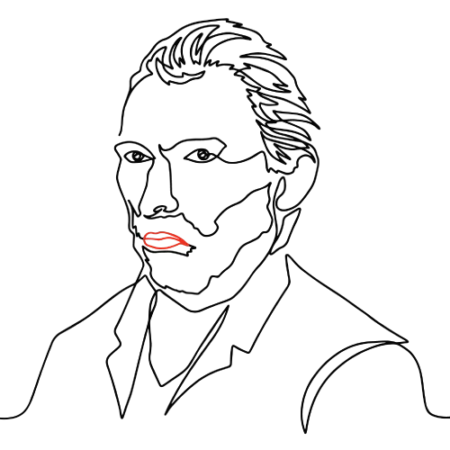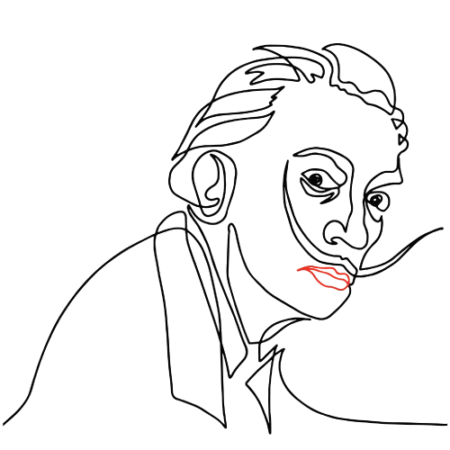Just in this week
SHOP
By Artist
Our partnerships with first class museums allow us to bring not only the best and authentic items but also to share our enthusiasm for worldwide renowned artists.
Collect them all
Explore our wide range of collectible pieces and select the next figure to expand your collection.
discover OUR
Categories
Our team has curated a unique selection of home decor, everyday objects and items inspired by art, that are licensed pieces!
customers
Love

























